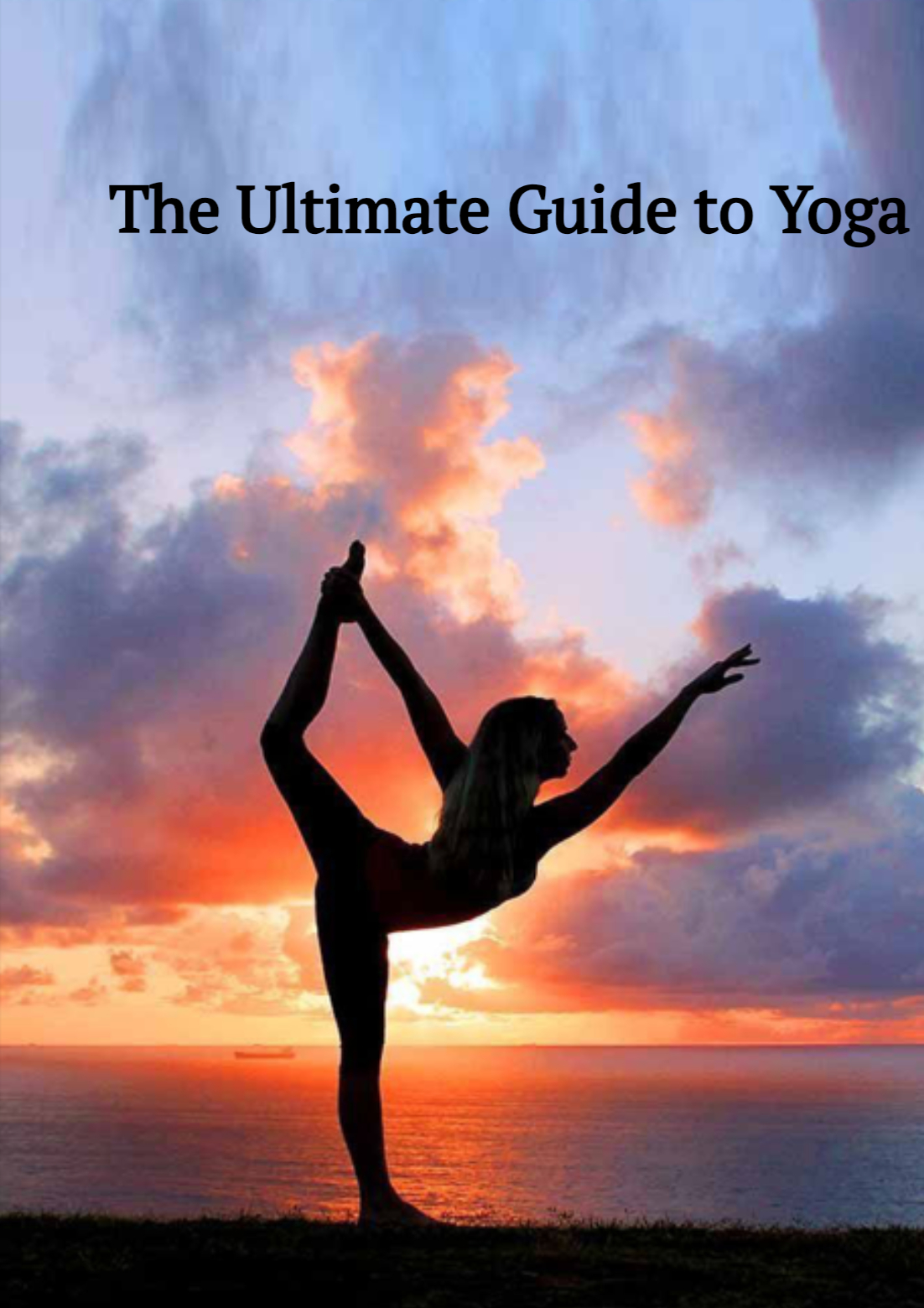The ancient practice of yoga, which was originated in India over 5,000 years ago, has stood the test of time and is still a popular form of physical and mental exercise. The Sanskrit word "yuj" means yoke and is what the word "yoga" is derived from. The philosophy of yoga aims to unite the body, mind, and spirit. The history of yoga is rich and diverse, with many different styles and practices developed over the centuries. The Yoga Sutras of Patanjali were written around 400CE. The eight limbs of yoga are moral and ethical guidelines, physical postures, breath control, and meditation. The belief that the body and mind are connected and that practicing yoga can help people achieve balance and harmony is one of the main tenets of yoga philosophy. The practice of yoga is more than just physical postures. The concept of ahimsa is one of the key principles of yoga. This principle applies to all living beings. Individuals can cultivate a sense of peace and harmony by practicing ahimsa. The history and philosophy of yoga give a strong foundation for beginners to understand the practice and its benefits. By learning about the roots of yoga and the principles that guide it, beginners can gain a deeper appreciation for this ancient practice and incorporate it into their daily lives for physical, mental, and spiritual well-being.
Table of Contents
- 01Chapter 1: The History and Philosophy of Yoga
- 02Chapter 2: Understanding Different Types of Yoga Practices
- 03Chapter 3: The Benefits of Practicing Yoga for Beginners
- 04Chapter 4: Essential Yoga Equipment and Clothing
- 05Chapter 5: Mastering the Basic Yoga Poses
- 06Chapter 6: Breathing Techniques for a Successful Yoga Practice
- 07Chapter 7: Creating a Personalized Yoga Routine
- 08Chapter 8: Tips for Practicing Yoga Safely and Effectively


